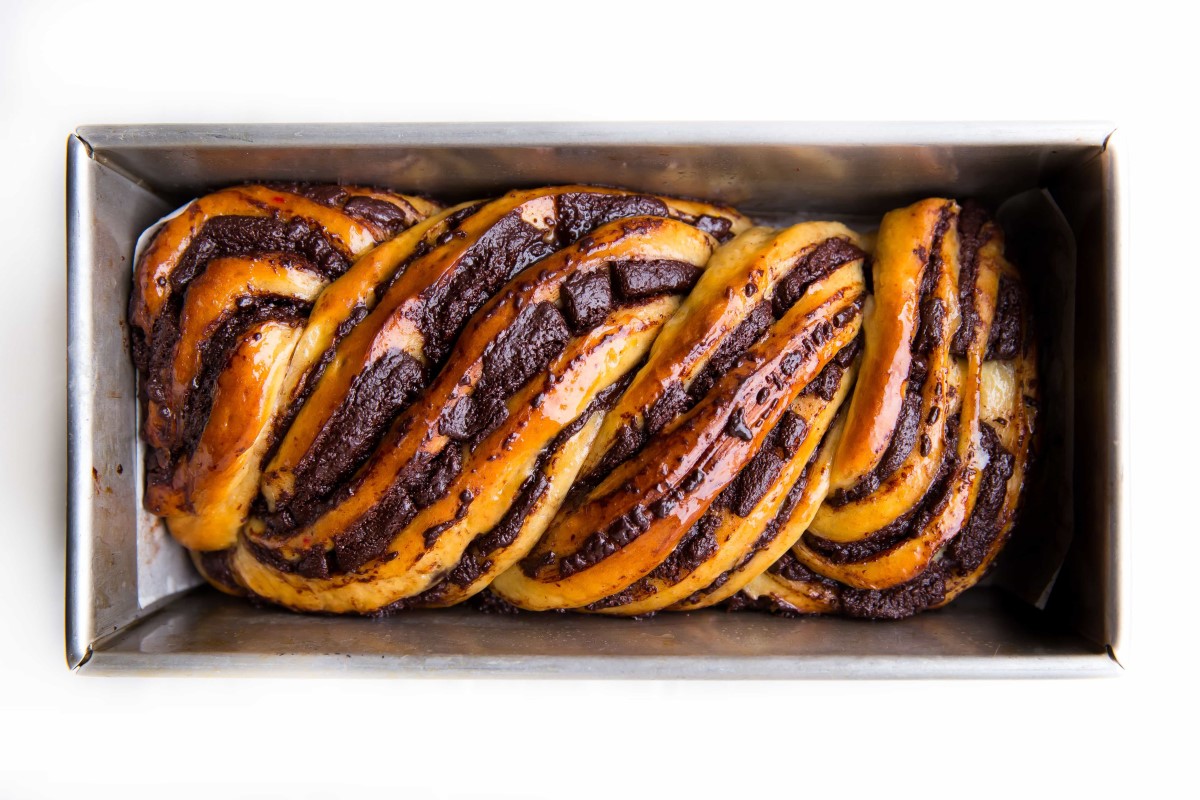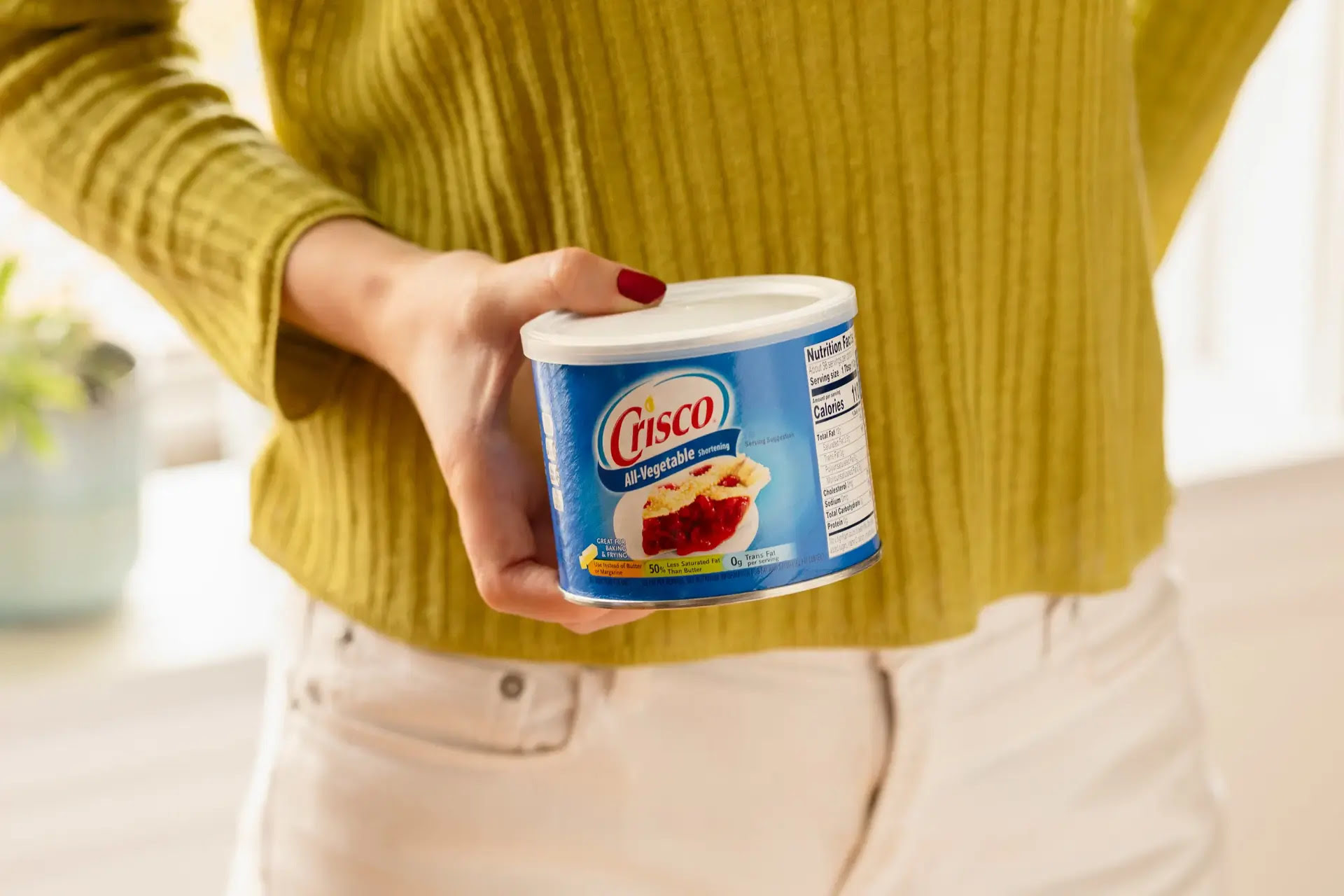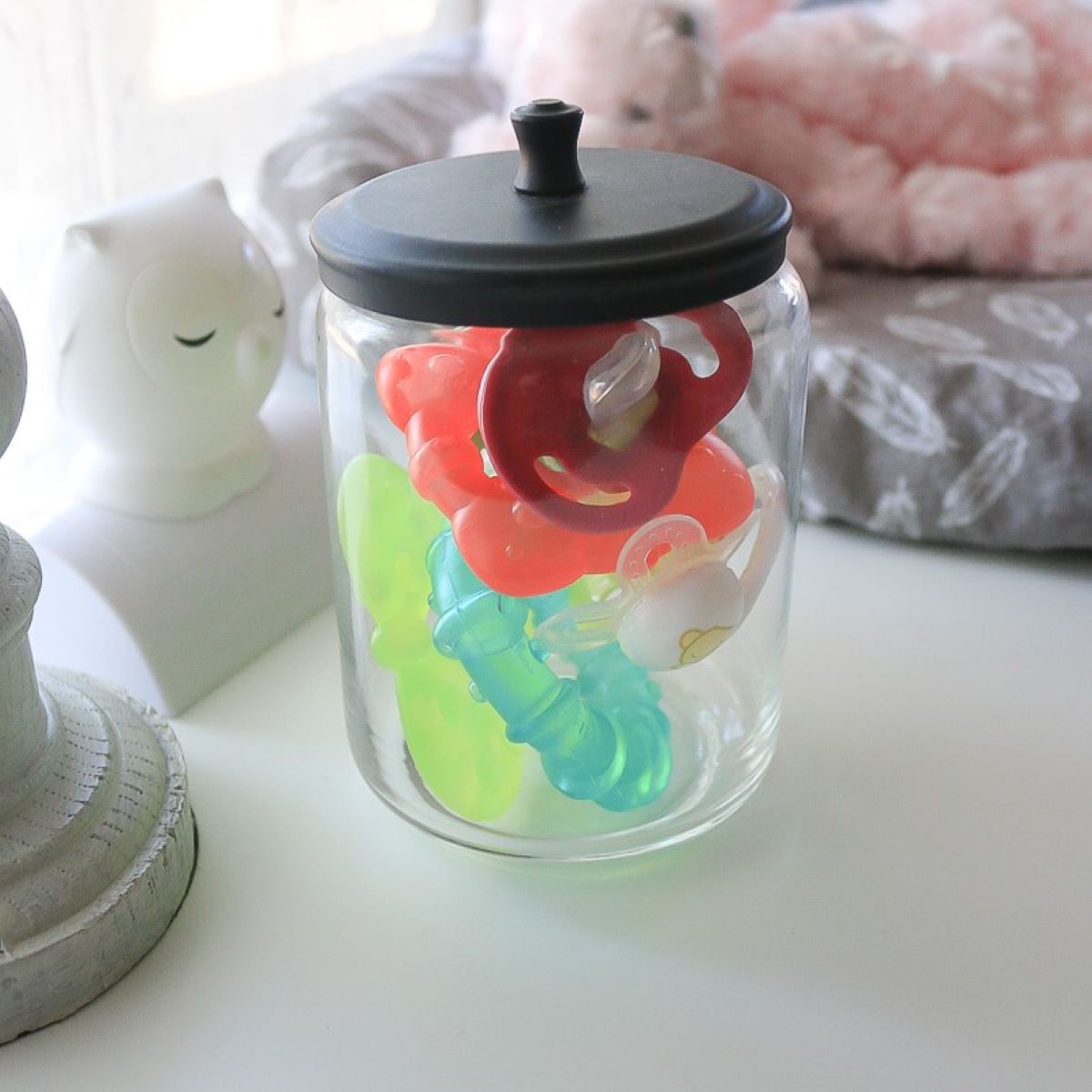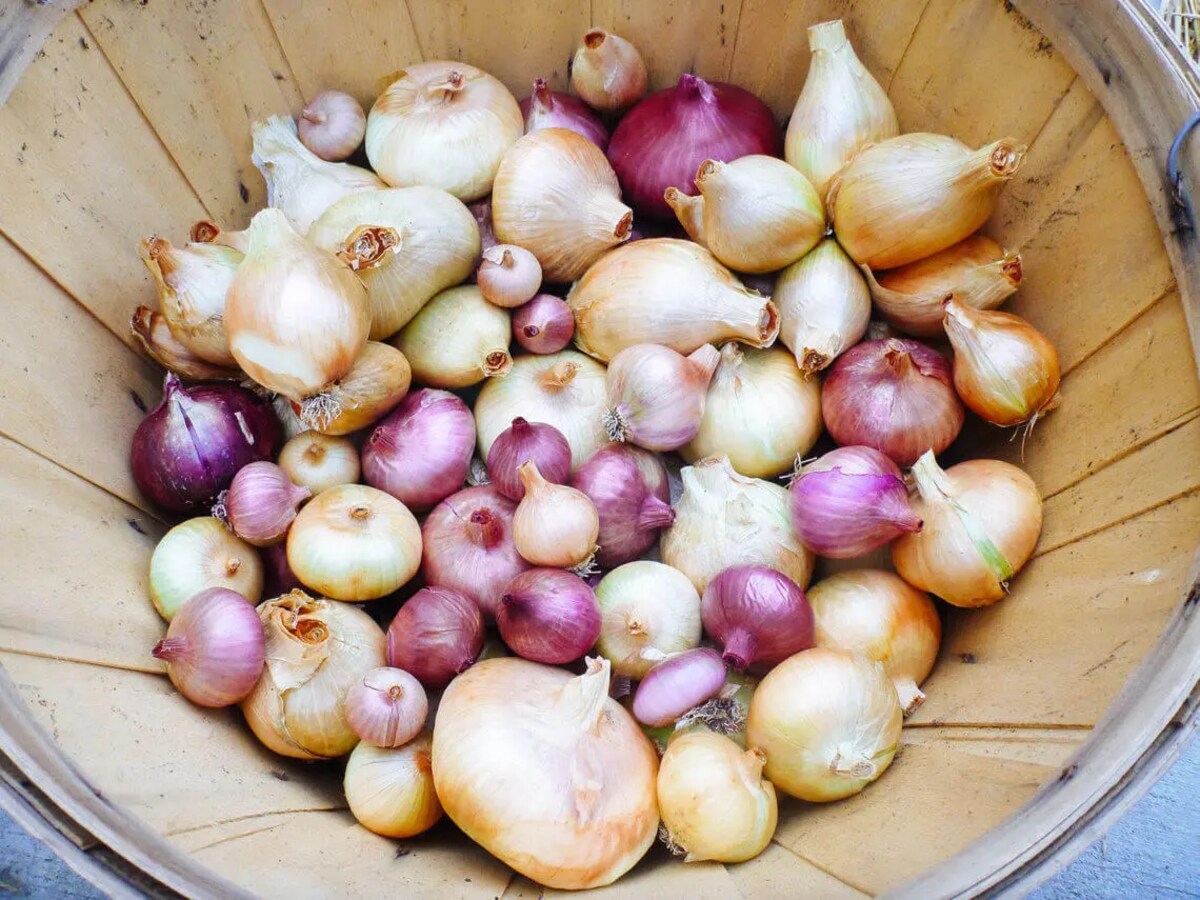

Articles
How To Store Roti
Modified: February 29, 2024
Learn how to store roti for longer freshness in this informative article. Find useful tips and tricks for preserving your homemade or store-bought roti.
(Many of the links in this article redirect to a specific reviewed product. Your purchase of these products through affiliate links helps to generate commission for Storables.com, at no extra cost. Learn more)
Introduction
Roti, also known as Indian bread, is a staple food in many households and an integral part of Indian cuisine. Made from whole wheat flour, roti is not only delicious but also nutritious, providing essential carbohydrates and fiber.
But what happens when you have leftover roti? Whether it’s from a large batch or just a few pieces, proper storage is essential to maintain its freshness and flavor. Storing roti correctly can prevent it from becoming dry and hard, ensuring that you can enjoy it later without compromising its taste and texture.
In this article, we will explore the importance of proper roti storage, factors to consider before storing roti, tips for storing roti effectively, and different methods you can use to extend its shelf life. So, let’s dive in and learn how to store roti to keep it fresh and delicious!
Key Takeaways:
- Proper storage of roti is crucial to maintain its softness, prevent staleness, minimize wastage, and ensure convenient meal planning. Follow these tips to preserve the delicious taste and texture of roti for later enjoyment.
- Consider factors like freshness, cleanliness, temperature, air tightness, and stacking when storing roti. Whether refrigerating, freezing, or vacuum sealing, proper storage techniques can extend the shelf life of roti and maintain its quality for future consumption.
Read more: How To Keep Roti Soft In Lunch Box
Why Proper Storage of Roti is Important
Proper storage of roti is essential to maintain its freshness, taste, and texture. Here are a few reasons why it is important to store roti correctly:
- Preserve Softness: Roti is at its best when it is soft and pliable. Improper storage can cause roti to become dry and hard, making it unappetizing to eat. By storing roti properly, you can retain its softness and enjoy the same delicious taste even when consuming it later.
- Prevent Stale Flavors: Storing roti inappropriately can lead to a change in its flavors. When exposed to air, roti can absorb moisture or become stale over time, altering its original taste. Proper storage helps to keep the flavors intact and ensures that each bite remains as delicious as the freshly made roti.
- Minimize Wastage: Roti is often made in batches, especially in Indian households. If not stored properly, leftover roti can go to waste as it becomes dry and unpalatable. By storing roti correctly, you can minimize wastage and make the most of your food resources.
- Convenience: Storing roti properly allows for convenient meal planning. You can prepare a batch of roti in advance, store it, and have easy access to a quick and satisfying meal whenever needed. This is especially helpful on busy days or when you simply don’t have the time to make roti from scratch.
By understanding the importance of proper roti storage, you can ensure that each piece of roti remains fresh, soft, and flavorful, extending its shelf life and ensuring that you can enjoy it at your convenience.
Factors to Consider Before Storing Roti
Before you start storing roti, there are a few factors to consider to maintain its quality and ensure that it stays fresh. Here are the key factors you should keep in mind:
- Freshness: It is best to store roti when it is freshly made. The longer roti sits out at room temperature, the drier and harder it becomes. So, try to store roti as soon as possible after it has been cooked to preserve its softness.
- Cleanliness: Make sure that your hands, utensils, and storage containers are clean and free from any contaminants. Any debris or moisture can introduce bacteria and reduce the shelf life of the roti. It is also advisable to store roti separately from other foods to prevent cross-contamination.
- Temperature: Roti should be stored at a cool temperature to prevent spoilage. Avoid storing roti at room temperature for a prolonged period, as it can lead to mold growth and make it unsafe to consume. Refrigeration or freezing can help maintain the quality of roti for an extended period.
- Air Tightness: When storing roti, it is crucial to keep it away from air exposure. Exposure to air can cause roti to dry out and become hard. Therefore, ensure that the storage container or bag you use is airtight and seals well to maintain the desired freshness.
- Stacking: When stacking roti for storage, it is important to separate each piece with a sheet of parchment or wax paper. This prevents them from sticking together and tearing when you need to separate them for consumption.
By considering these factors, you can ensure that you are storing roti in the best possible way, maintaining its softness, taste, and texture for a longer period of time.
Store roti in an airtight container or ziplock bag at room temperature for up to 2 days. For longer storage, wrap in foil and freeze for up to 3 months. Reheat in a skillet or microwave before serving.
Tips for Storing Roti
Storing roti properly can help maintain its freshness and quality for an extended period. Here are some useful tips to keep in mind when storing roti:
- Allow Cooling: Before storing roti, allow it to cool completely at room temperature. Storing hot roti in a closed container can create moisture and lead to condensation, resulting in soggy roti.
- Airtight Containers: Use airtight containers or resealable plastic bags to store roti. Ensure that there is no air trapped inside the container or bag, as this can cause the roti to dry out quickly. A good seal will help maintain the freshness and softness of the roti.
- Wrap in Foil: If you prefer to store roti in the refrigerator, wrap each piece individually in aluminum foil before placing them in a container or bag. This helps to retain moisture and prevent the roti from drying out.
- Stacking with Parchment Paper: If you need to stack multiple rotis, place a sheet of parchment paper in between each piece. This prevents them from sticking together and makes it easier to separate them when you want to consume them.
- Refrigeration or Freezing: For short-term storage, you can store roti in the refrigerator for up to 3-4 days. Ensure that they are tightly sealed to prevent them from absorbing any odors. If you want to store roti for a longer period, freezing is a better option. Wrap each roti individually in plastic wrap or foil, and place them in a freezer-safe container or bag. Frozen roti can be stored for up to a month.
- Thawing Frozen Roti: When you want to consume frozen roti, allow it to thaw at room temperature for a few hours or overnight in the refrigerator. Once thawed, you can reheat the roti on a griddle or microwave it for a few seconds to make it soft and warm.
- Reheating: When reheating roti, use a lightly greased skillet or griddle and warm it on low to medium heat. This helps restore the softness and freshness of the roti before serving.
By following these tips, you can ensure that your stored roti remains fresh, soft, and delicious, allowing you to enjoy it at your convenience without compromising its taste and texture.
Different Methods of Storing Roti
There are various methods you can use to store roti depending on your preferences and the duration for which you want to keep it fresh. Here are a few different methods of storing roti:
- Room Temperature Storage: If you plan to consume the roti within a day or two, you can store it at room temperature. Allow it to cool completely and then place it in an airtight container or resealable plastic bag. Keep it in a cool, dry place away from direct sunlight.
- Refrigeration: For short-term storage, you can store roti in the refrigerator. Make sure the roti is completely cool before placing it in an airtight container or resealable bag. Refrigerated roti can stay fresh for up to 3-4 days. Just remember to reheat it before consuming to restore its softness.
- Freezing: Freezing is an excellent method for long-term storage. Wrap each roti individually in plastic wrap or foil to prevent freezer burn and moisture loss. Place the wrapped rotis in a freezer-safe container or bag, making sure to remove any excess air. Frozen roti can last for up to a month in the freezer.
- Vacuum Sealing: If you have a vacuum sealer, you can use it to store roti. Vacuum sealing removes all the air from the package, ensuring maximum freshness and preventing freezer burn. This method is ideal for storing roti for an extended period.
- Partial Cooking: Another method to store roti is by partially cooking it. After rolling out the roti dough, cook it lightly on a tawa or griddle until it is partially cooked but not fully browned. Allow it to cool, then stack and store it in an airtight container or bag. When you want to consume the roti, finish cooking it by reheating on a tawa or griddle.
Each of these methods has its advantages, so choose the one that best suits your needs and the duration you want to keep the roti fresh. Whether it’s room temperature storage, refrigeration, freezing, vacuum sealing, or partial cooking, the key is to properly seal and protect the roti to maintain its quality and taste.
Read more: How To Make Roti In Microwave Oven Video
Conclusion
Learning how to store roti correctly is essential to maintain its freshness and enjoy its delicious taste and texture even when consumed later. By considering factors such as freshness, cleanliness, temperature, air tightness, and stacking, you can ensure that your stored roti remains soft, flavorful, and free from spoilage.
Follow the tips provided in this article, such as allowing the roti to cool, using airtight containers or bags, wrapping in foil, and stacking with parchment paper, to store roti effectively. Refrigeration or freezing can provide both short-term and long-term storage options, depending on your needs.
Regardless of the method you choose, make sure to properly seal and protect the roti to prevent it from drying out or absorbing any unwanted flavors. Thaw frozen roti before reheating, and use a lightly greased skillet or griddle to restore its softness before serving.
By employing these techniques, you can minimize wastage, save time on meal preparation, and always have a delicious and satisfying roti ready whenever you need it.
So, the next time you have leftover roti or want to plan your meals in advance, remember these storage guidelines. Enjoy the convenience and preserve the taste of roti by storing it properly, ensuring that every bite remains delightful and satisfying.
Frequently Asked Questions about How To Store Roti
Was this page helpful?
At Storables.com, we guarantee accurate and reliable information. Our content, validated by Expert Board Contributors, is crafted following stringent Editorial Policies. We're committed to providing you with well-researched, expert-backed insights for all your informational needs.















0 thoughts on “How To Store Roti”